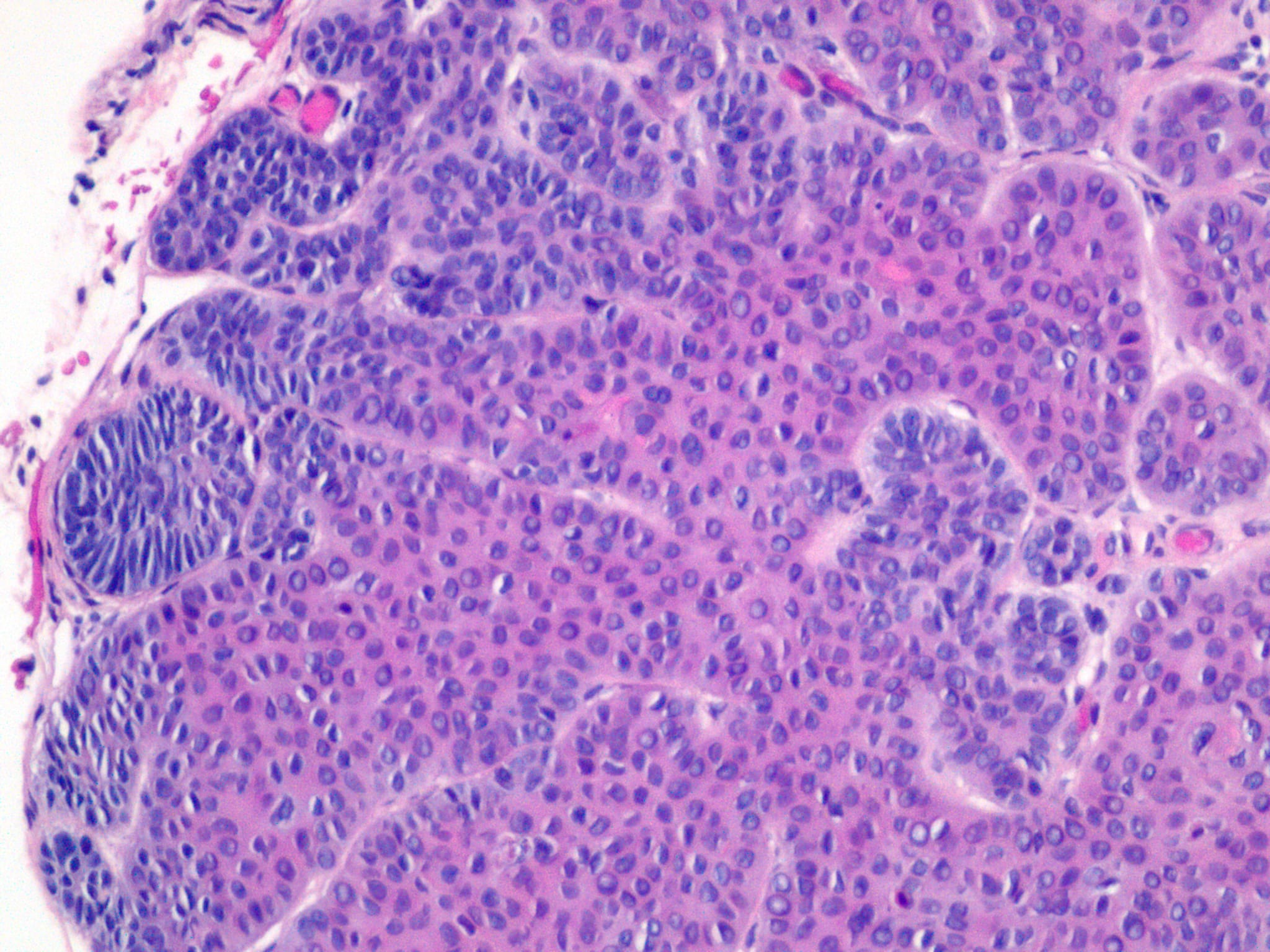Case Number : Case 2005 - 12 Feb 2018 Posted By: Limin Yu
Please read the clinical history and view the images by clicking on them before you proffer your diagnosis.
Submitted Date :
80 yo, M, right upper eyelid

.jpg.a6bc054ff670a55b57fe6175e03a8ce3.jpg)
.jpg.0cb8380d9c5bee7afeeb6e150ac9426d.jpg)
.jpg.24aa3dcea629e3f20c6942058dd9e70e.jpg)
.jpg.d3dbe27323d666d6d4b67e2a05ccf52d.jpg)
.jpg.c4345d7c27a913215355f80f9331ca14.jpg)
.jpg.042dc1d27deaf388ca1d878ed349bd3f.jpg)
.jpg.5f5722dfca57b5ad60c2320a34b8b2fd.jpg)

Join the conversation
You can post now and register later. If you have an account, sign in now to post with your account.